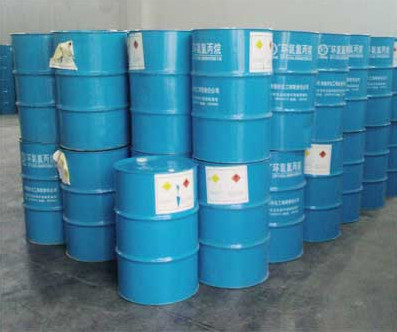Propylene oxide is a colorless and transparent liquid with a molecular formula of C3H6O. It is soluble in water and has a boiling point of 94.5°C. Propylene oxide is a reactive chemical substance that can react with water.
When propylene oxide contacts water, it undergoes hydrolysis reaction to form propylene glycol and hydrogen peroxide. The reaction equation is as follows:
C3H6O + H2O → C3H8O2 + H2O2
The reaction process is exothermic, and the generated heat can cause the temperature of the solution to rise rapidly. In addition, propylene oxide is also easy to polymerize in the presence of catalysts or heat, and the formed polymers are insoluble in water. This can lead to phase separation and cause the water to separate from the reaction system.
Propylene oxide is used as a raw material for the synthesis of various products, such as surfactants, lubricants, plasticizers, etc. It is also used as a solvent for cleaning agents, textile auxiliaries, cosmetics, etc. When used as a raw material for synthesis, propylene oxide must be carefully stored and transported to avoid contact with water to prevent potential safety hazards.
In addition, propylene oxide is also used in the production of propylene glycol, which is an important intermediate for the production of polyester fiber, film, plasticizer, etc. The production process of propylene glycol involves the use of propylene oxide as a raw material, which also needs to be strictly controlled in the production process to avoid contact with water to ensure safe production.
In summary, propylene oxide can react with water. When using propylene oxide as a raw material for synthesis or in the production process, it is necessary to pay attention to its safe storage and transportation to avoid contact with water and potential safety hazards.
Post time: Feb-26-2024





